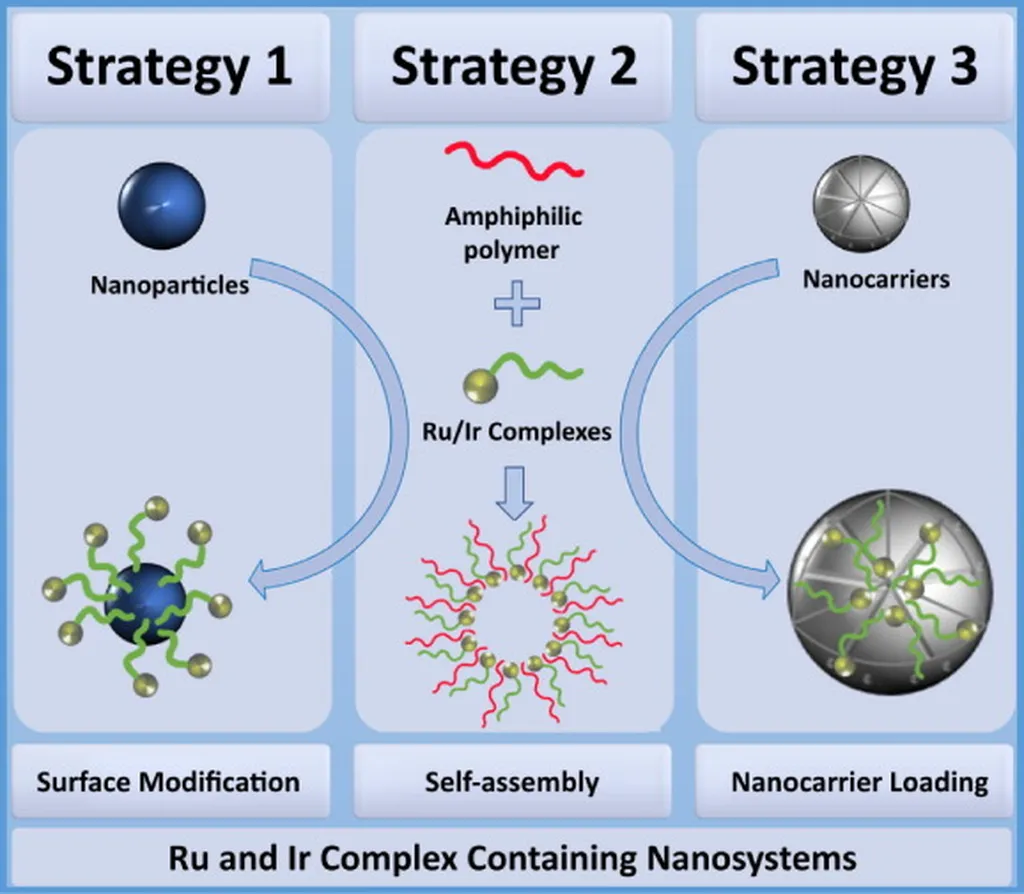In the ever-evolving landscape of advanced materials and biofabrication, a groundbreaking study has emerged that could potentially revolutionize the way we approach antibacterial and photo-initiated polymerization processes. The research, led by Quinn V. C. vanHilst from the School of Medical Sciences at the University of Sydney, delves into the multifunctional capabilities of a ruthenium(II) phenanthroline complex, offering promising insights for various industries, including the energy sector.
The study, published in the esteemed journal *Macromolecular Materials and Engineering* (which translates to “Macromolecular Materials and Engineering” in English), investigates the potential of an optically active antibacterial ruthenium(II) complex as a multifunctional photo-initiator. This complex, known as tris(3,4,7,8‐tetramethyl‐1,10‐phenanthroline) ruthenium(II) dichloride, has shown remarkable properties that could pave the way for innovative applications in biofabrication and beyond.
VanHilst and his team discovered that the complex is biologically active and viable at concentrations below 0.5 millimolar. “This finding is significant because it indicates that the complex can be effectively used in biological systems without causing toxicity,” vanHilst explained. The complex demonstrated the ability to photo-polymerize gelatin using visible light, similar to another well-known ruthenium complex, tris(2,2′‐bipyridyl)ruthenium(II) dichloride. Moreover, the complex retained its antibacterial activity even after the fabrication of a gelatin hydrogel, showcasing its potential for creating multifunctional materials.
One of the most compelling aspects of this research is the incorporation of the photo-initiator into the interstitial fluid of a hybrid gelatin granular scaffold. This innovation resulted in a multifunctional scaffold that not only retained cell viability but also exhibited injectable properties. “The ability to create injectable scaffolds with retained cell viability opens up new avenues for minimally invasive medical procedures and tissue engineering,” vanHilst noted.
The implications of this research extend beyond the medical field. In the energy sector, for instance, the development of multifunctional materials with antibacterial properties could lead to more efficient and durable energy storage systems. Imagine batteries or solar panels that not only harness energy but also actively combat bacterial growth, thereby extending their lifespan and reducing maintenance costs.
The study’s findings also highlight the potential for advancements in 3D printing and additive manufacturing. The use of photo-initiators like the ruthenium(II) complex could enable the creation of complex, multi-functional structures with enhanced properties. This could be particularly beneficial in the production of energy-efficient materials and components for renewable energy technologies.
As the world continues to seek sustainable and innovative solutions, the research conducted by vanHilst and his team offers a glimpse into the future of multifunctional materials. The ability to combine antibacterial properties with photo-initiated polymerization opens up a plethora of possibilities for various industries, from healthcare to energy.
In the words of vanHilst, “This research is just the beginning. The potential applications of these multifunctional materials are vast, and we are excited to explore the possibilities further.” As we stand on the brink of a new era in materials science, the work of vanHilst and his team serves as a beacon of innovation and progress, illuminating the path towards a more advanced and sustainable future.

